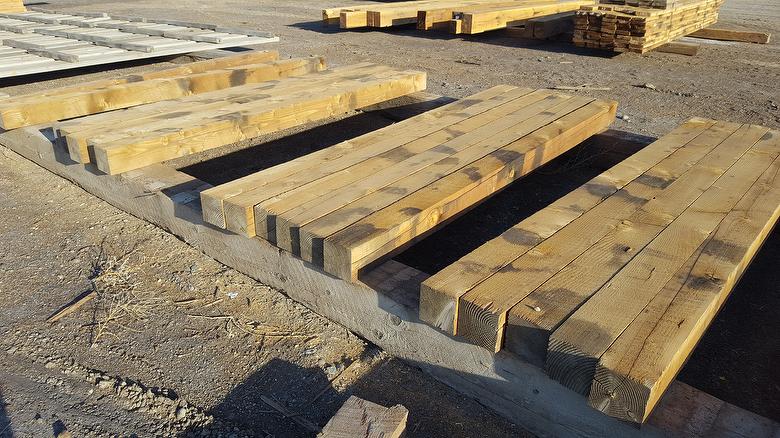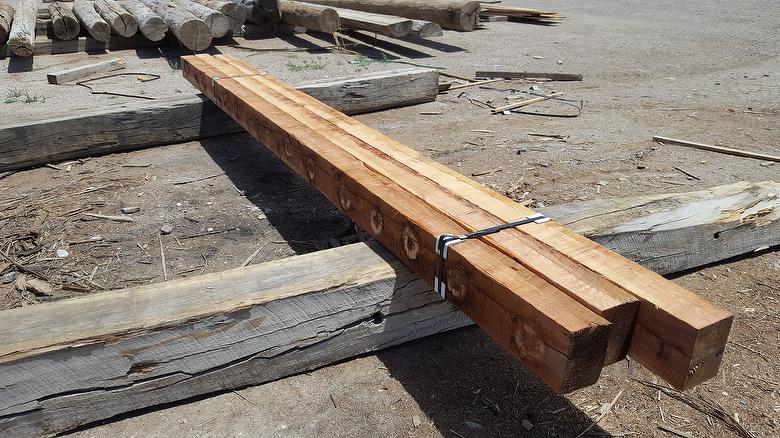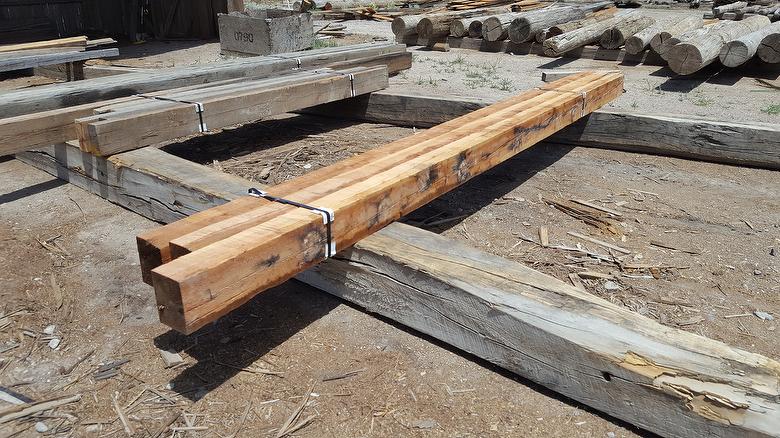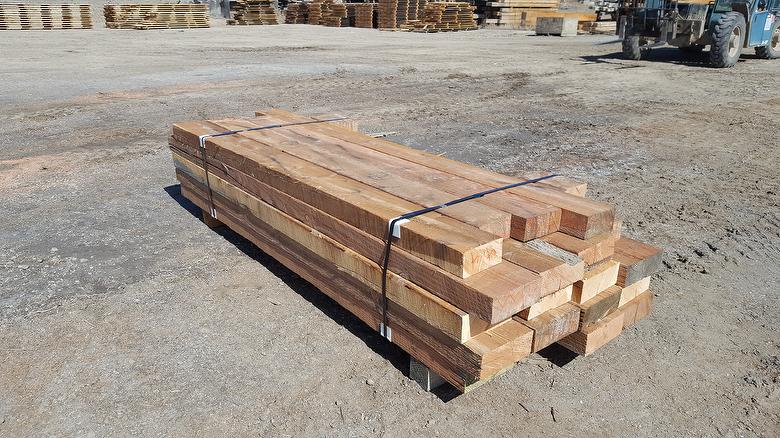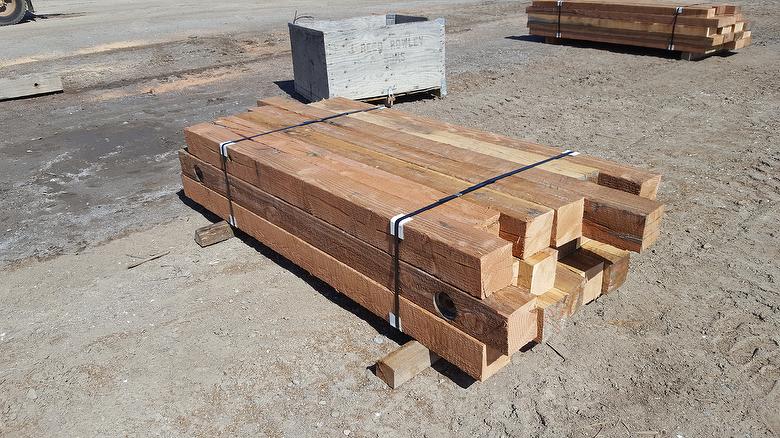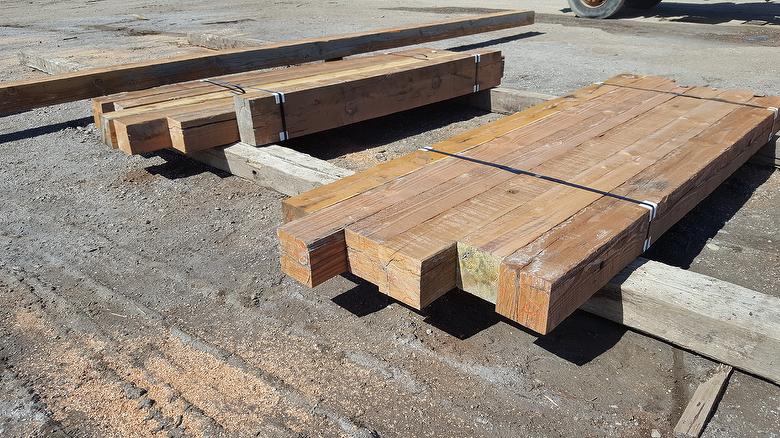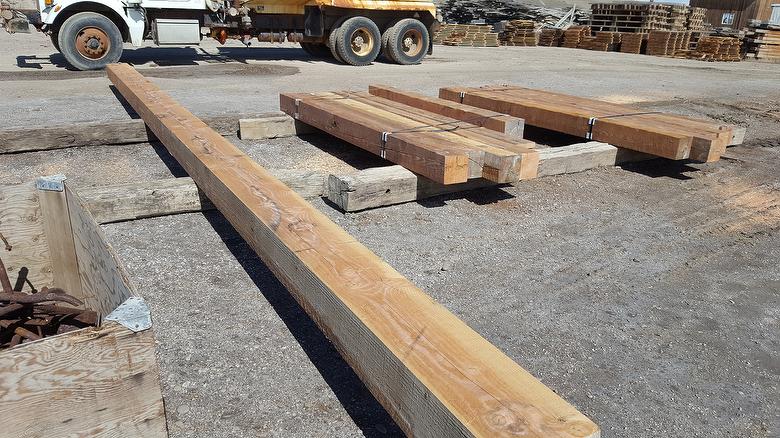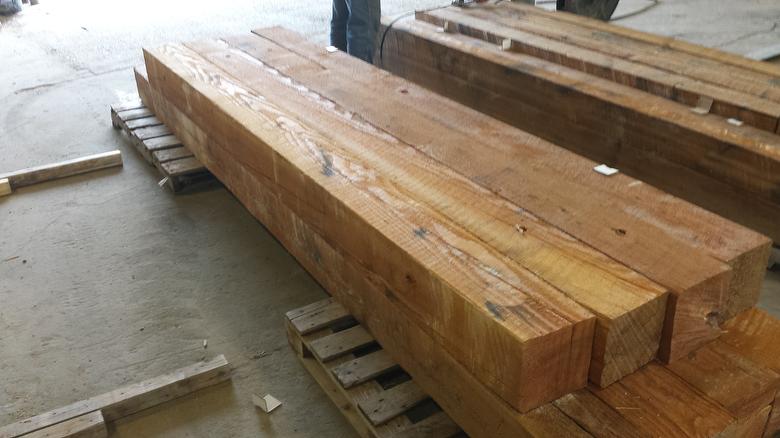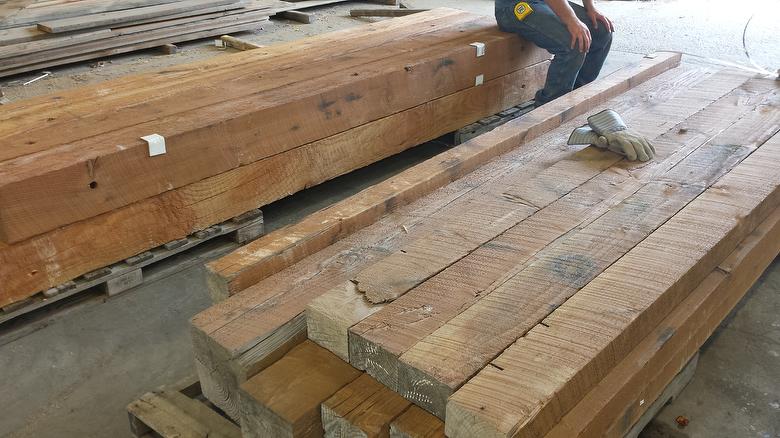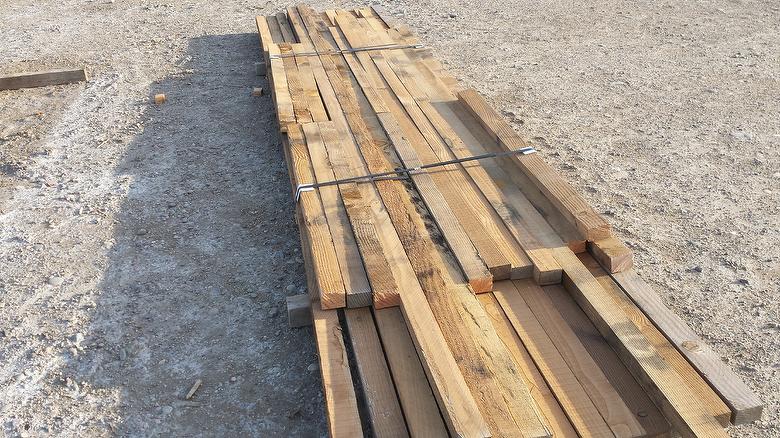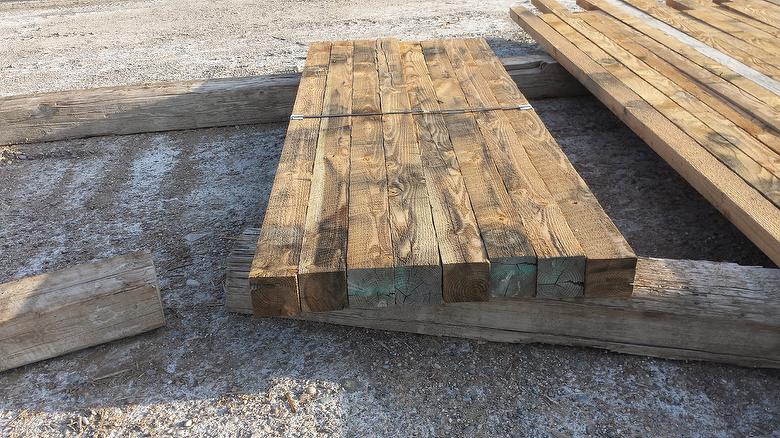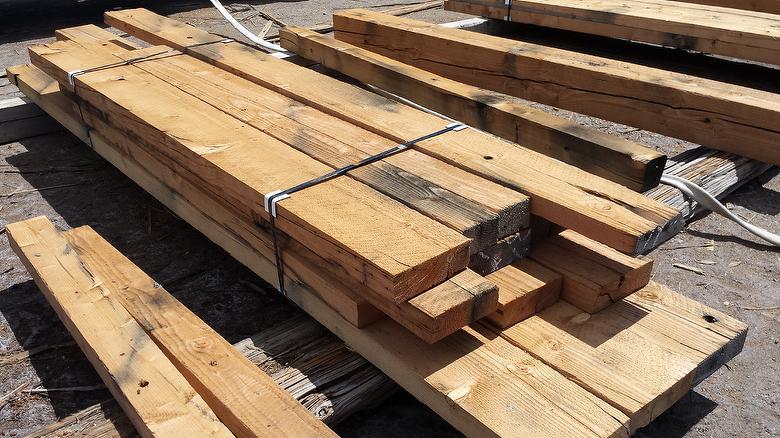HarborAged Brown Timbers
HarborAged Brown Timbers
Specification Sheet# 2140 - HarborAged Brown Timbers
Request Quote
Height
Width
Length
Quantity
3-14"
4-18"
to 32'
min: 1 each
Related Productline Pages
HarborAged Brown
Specification Sheet #2140 - HarborAged Brown Timbers
Species
Often, but not always, Douglas Fir and/or other Firs
Source
HarborAged Brown timbers and lumber can be produced from a variety of sources, including i) new timbers/lumber (most common); ii) timbers/lumber cut from beetle-killed, fire-killed or dead-standing trees; iii) timbers/lumber cut from material which has weathered out of spec; and/or iv) timbers/lumber reclaimed from various salvage projects. HarborAged Brown timbers and lumber are typically sprayed with water from the Great Salt Lake or with water which produces a similar effect, often when in contact with metal, to introduce dark staining/streaking and other character.
HC/FOHC
Timbers are generally HC. Lumber can be HC or FOHC.
Metal
Metal is often used in combination with salt water to add character to HarborAged Brown timbers and lumber. Most HarborAged Brown timbers and lumber do not have metal in them.
Holes
HarborAged Brown Lumber will generally have nail holes where lumber has been attached to pallets. HarborAged Brown timbers can have (but often do not have) nail holes and/or bolt holes. Where there are holes, there will often be staining and/or streaking around the holes.
Checking/Cracks
Timbers generally have checks from the heart center to the faces of the timber. In addition, timbers can have surface checking and cracks, moderate butt checking and minor end splitting. Lumber can have surface checking and cracks and minor end splitting.
Moisture Content/Stability
The moisture content of HarborAged Brown timbers and lumber can vary from Green to Air-Dried. HarborAged Brown timbers and lumber should not be considered as stable as reclaimed timbers and lumber.
Surfacing
Rough-Sawn (Circle-Sawn and/or Band-Sawn.) HarborAged Brown timbers and lumber can also be Planed, but such further processing can take off much of the coloring / aged appearance introduced by the HarborAged process.
Standard Dimensions
a) Cross-sections: 4x6 to 10x10 (larger timbers are generally available upon request); b) Lengths: to 16' (longer timbers are often available); c) Target Dimensions: rough-sawn timbers are generally targeted at 1/2" nominal dimensions, with planed timbers targeted at 3/4" nominal dimensions; d) Tolerances: rough-sawn +/- 1/4"; planed (often hand-planed) +/- 1/8". As timbers and lumber air dry, they tend to shrink somewhat, resulting in dimensions becoming somewhat more nominal.
Weight
Typically, 3 to 3.5 pounds per board foot.
Grading
HarborAged Brown Timbers can often be graded (WWPA or WLCB) upon request. Grading will take exception to any bolt holes in these timbers. It is highly recommended that any timbers that are to be used in a structural application be graded. It is also recommended that standard size timbers be used wherever possible. Checking tends to be more pronounced in timbers wider and/or thicker than 10" than in standard size timbers.
Salt/Minerals
HarborAged Brown timbers and lumber can contain some salt and other minerals from being sprayed with water from the Great Salt Lake. While these timbers and lumber do not have near the salt/mineral content of Trestlewood II (Salty Fir) timbers and lumber, one should be aware of potential special characteristics/considerations such as: Finishes/Glues (be careful with water-based products); Metal Corrosiveness (use high-grade stainless steel fasteners if the objective is to minimize corrosion); Moisture; Odor; and Salt Leaching. See Trestlewood II specification sheets and other product documentation for further information.
Color/Appearance
HarborAged Brown timbers and lumber are generally sprayed with water from the Great Salt Lake. The interaction between the wood fiber and the minerals in the water produce unique colors in the material. The interaction of the minerals in the water and the metal brought into contact with the timbers and lumber can also impact material coloration by creating staining and/or streaking around holes and/or other metal contact points. We believe that the net effect is a visually appealing, aged appearance. The coloring and aging are generally more pronounced on the surface of this material and do not extend deeply into the material (they may be "processed off", at least in part, if the material is band-sawn, planed or otherwise processed after soaking/spraying.) We believe that band-sawn or planed HarborAged Brown timbers and lumber usually retain at least some benefit from the soaking/spraying process such as staining/streaking around bolt/nail holes and some wood discoloration.
Appearance Variation
HarborAged Brown timber and lumber characteristics can be expected to vary from piece to piece. Trestlewood believes that appearance variations (no two timbers/boards exactly alike) are one of the selling points of this product line.
Other
HarborAged Brown timbers and lumber can have some (a) punkiness around their edges and (b) wane.















